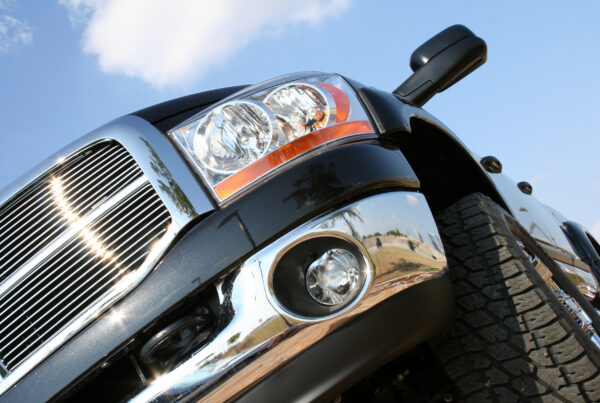Last week’s announcement by the UK to ban sales of all diesel and petrol vehicles by 2040 has left many wondering if Australia’s fleet can keep pace with the rest of the world.
Great Britain’s plans follow similar initiatives in France and India, which have come about in a bid to improve air quality within major cities and to accelerate driver take-up of the electric alternative.
But for Australia the feasibility of transitioning that quickly is highly unlikely, with many consumers concerned about the distance that electric cars can realistically travel in real-world conditions in between charges.
While the typical road user might only travel 40-70km per day to and from work, the jury is out on whether an electric car would be able to last the journey when travelling large distances for work or for when leaving town for a weekend getaway?
Test results obtained from Electric Cars Guide indicate that the Tesla Model S is well out in front in the length stakes, with a estimated range of over 500km off a single charge. According to this data other models have so far been unable to break the 200km barrier.
- Tesla Model S 500 km
- Nissan Leaf 170 km
- BMW i3 160 km-300 km with range extender option that uses petrol
- Kia Soul 148 km
- Honda Fit 132 km
- Chevrolet Spark 132 km
- Ford Focus Electric 122 km
- BEV Electron 120 km
- Mitsubishi i-MiEV 99 km
- Holden Volt 87 km without petrol / 600 km with full charge and petrol generator
When drawing comparisons from a geographic viewpoint it is important to remember that Australia is vastly different in size and scale to that of a small European country. A journey from the UK’s two most populous cities of London and Birmingham is only 203km, while a Sydney to Melbourne trip is approximately 878km. Meanwhile a drive from Melbourne across the Nullarbor to Perth is a crazy 3,418km one-way trip.
The Queenland government’s recently touted Electric Super Highway was a recent acknowledgement that state parliament is taking the electric future serious, with 18 charging stations set to be installed to enable electric drivers seamless travel from Gold Coast to Cairns.
It is important for fleet managers to be aware that Australia’s move to an electric and/or hybrid model system will eventually happen, but that the transition will be more complicated and drawn out than what is being experienced in Europe.




















